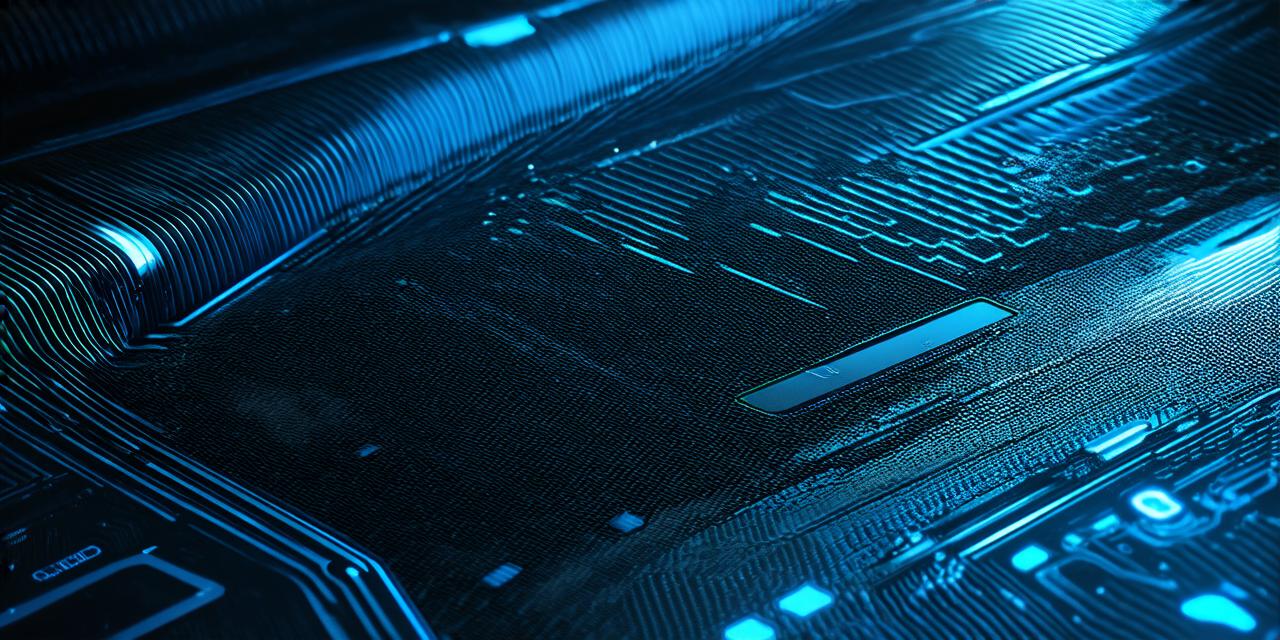Mixed reality (MR) is a technology that blends the real world with virtual objects to create an immersive experience. MR technology is designed to be more interactive and realistic than augmented reality (AR) technology, which superimposes digital information on the real world.
Mixed Reality vs Augmented Reality
Augmented Reality

AR is a technology that superimposes digital information onto the real world, creating an enhanced user experience. AR can be experienced through mobile devices, headsets or smart glasses, and it offers users a new way to interact with their surroundings.
Augmented Reality
The most common use cases for AR include:
* Gaming: AR games like Pokémon Go and Ingress have become wildly popular in recent years, offering users an immersive gaming experience that blends the real world with virtual objects.
* Education: AR can be used to enhance the learning experience by providing students with interactive educational tools that bring lessons to life. For example, anatomy students can use AR to explore the human body in 3D.
* Retail: AR can help retailers create more engaging shopping experiences by allowing customers to try on clothes virtually or visualize furniture in their homes.
Mixed Reality
MR is a technology that combines the best of AR and virtual reality (VR) to create a seamless, immersive experience that blends the real world with virtual objects. MR can be experienced through specialized headsets or smart glasses that track the user’s movements in real-time.
Mixed Reality
The most common use cases for MR include:
* Remote collaboration: MR allows teams to collaborate remotely by enabling them to interact with each other and with virtual objects in real-time. For example, architects can use MR to design a building with their clients, even if they are located in different parts of the world.
Training and simulation
MR can be used to create realistic training simulations for professionals like doctors, pilots, and soldiers. These simulations allow users to practice complex tasks in a safe and controlled environment.
Gaming
MR games offer a more immersive gaming experience by allowing players to interact with virtual objects in a realistic environment. For example, the game “Beat Saber” uses MR to create a more engaging gaming experience that blends music and movement.
How Mixed Reality Enhances AR Capabilities
Interactivity
One of the biggest advantages of MR over AR is its ability to enable users to interact with virtual objects in a more realistic way. With MR, users can touch, move, and manipulate virtual objects, creating a more immersive experience.
Realism
MR technology enables users to see and interact with virtual objects in a more realistic way than AR. This is because MR headsets track the user’s movements and provide a wider field of view, creating a more immersive experience that feels more like the real world.
Collaboration
MR technology enables teams to collaborate remotely by allowing them to interact with each other and with virtual objects in real-time. For example, architects can use MR to design a building with their clients, even if they are located in different parts of the world. Clients can then provide feedback and make changes in real-time, creating a more efficient and effective collaboration process.
Simulation Training
MR technology is also used for simulation training, allowing professionals like doctors, pilots, and soldiers to practice complex tasks in a safe and controlled environment. These simulations allow users to see and interact with virtual objects in a more realistic way than traditional VR simulations, providing a more immersive and effective learning experience.
